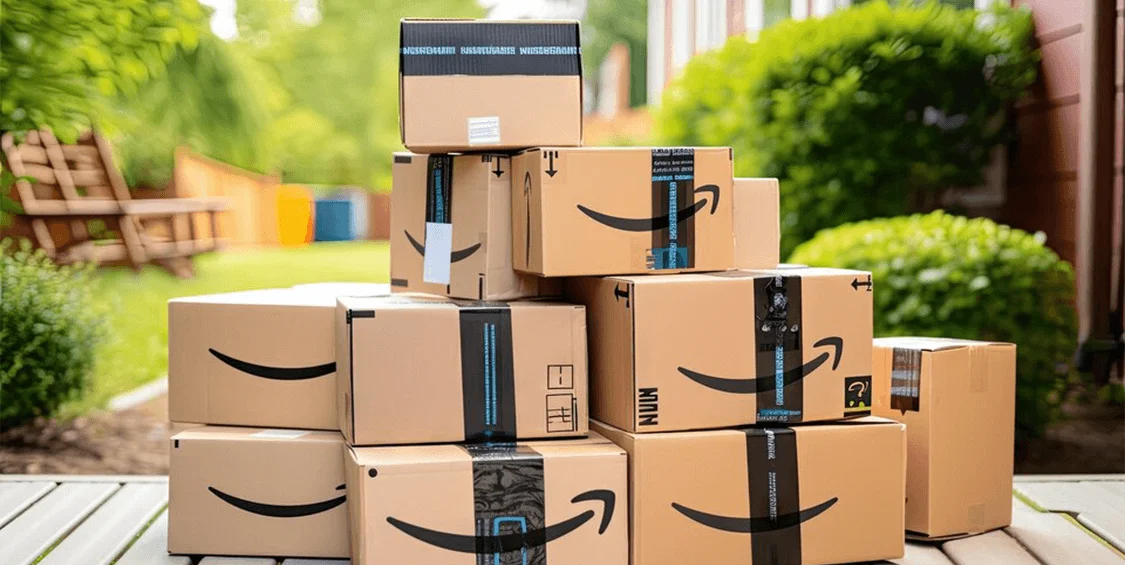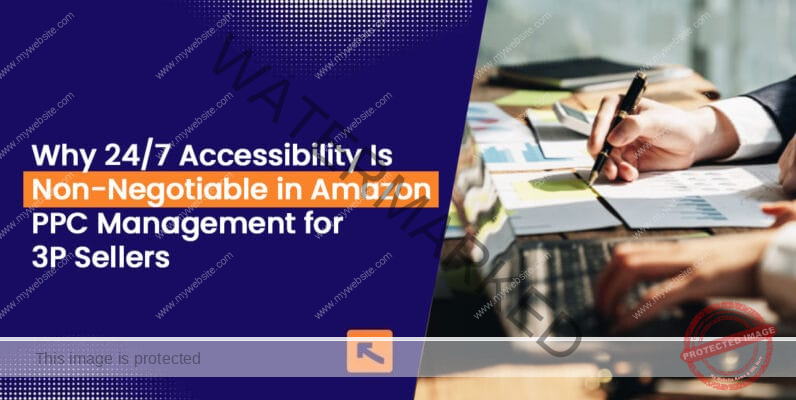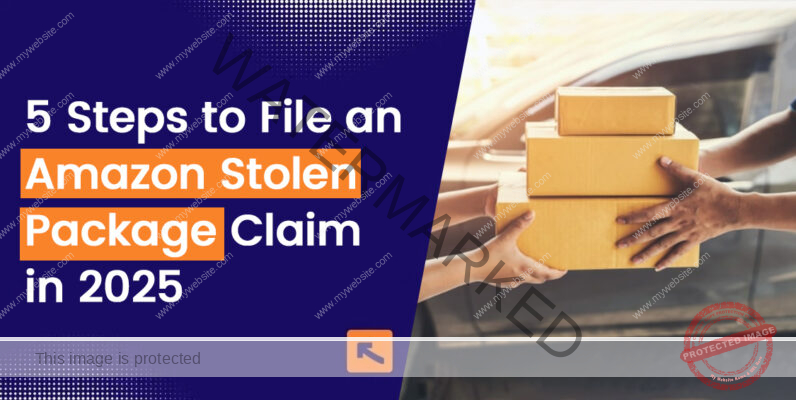In the world of e-commerce, Amazon’s latest strategic move has triggered waves of discussion and speculation. The upcoming introduction of a distinctive fee structure for independent shipping within the Seller Fulfilled Prime (SFP) service has industry insiders and regulators alike taking notice. As the implementation date approaches, several noteworthy aspects come to the fore, shedding light on Amazon’s motivations and the potential ramifications of this audacious decision. Let’s delve deeper into the key details surrounding new Amazon seller fulfilled Prime requirements:
Announcement For Change In Seller Fulfilled Prime Cost
At the beginning of October 1st, a paradigm shift is set to change the Amazon Seller Fulfilled Prime 2023. The impending fee mechanism targets a specific subset of merchants enrolled in the Amazon Seller Fulfilled Prime program. This initiative, distinct from the widely recognized Fulfillment by Amazon (FBA) model, empowers third-party vendors to offer Prime-designated products directly from their warehouses. However, this freedom for Seller Fulfilled Prime 2023 comes with a catch – stringent adherence to Amazon Seller Fulfilled Prime requirements for delivery standards, including one- to two-day delivery windows and weekend shipping.
About The Seller Fulfilled Prime Program
The Amazon Seller Fulfilled Prime isn’t an entirely new concept; its roots trace back to 2015. Nevertheless, the program’s enrollment was temporarily suspended in 2019, only to be reactivated in June of the current year. This move, ostensibly aimed at addressing regulatory concerns, coincides intriguingly with announcing the forthcoming fee. Amazon’s motives for this decision remain ambiguous, fueling industry speculation.
Antitrust Implications and Regulatory Focus
As discussions surrounding the Federal Trade Commission’s (FTC) antitrust lawsuit against Amazon gather momentum, the timing of this fee introduction appears less than coincidental. The ongoing scrutiny of Amazon’s business practices adds a layer of complexity to this already bold move. The fee, amounting to 2 percent, is in addition to the substantial commission ranging from 8 to 15 percent that Amazon already garners from each transaction on its platform.
Strategic Maneuvering and Unintended Consequences
Amazon’s decision to introduce this new fee structure is a strategic ploy to steer sellers toward its in-house services. By exerting greater control over logistics, Amazon aims to capitalize on the growing expenses associated with the FBA model. However, this strategic pivot also carries the potential to attract heightened regulatory attention, harkening back to past allegations of vendor coercion into adopting the FBA service.
Amazon’s Intentions and Industry Dynamics
In summary, Amazon’s introduction of an additional fee within the ambit of the Amazon Seller Fulfilled Prime Program has ignited substantial attention and deliberation. As the e-commerce landscape becomes increasingly competitive and the specter of antitrust action looms, Amazon’s actions and intentions are under an intensifying spotlight. Both industry stakeholders and regulatory bodies are closely watching, eager to discern the true implications of this intriguing maneuver.
Key Highlights of Amazon’s Fee Policy
To encapsulate the intricacies of the new fee policy for Amazon Seller Fulfilled Prime discussed in this blog goes as follows:
- Inception Date: The fee will be implemented on October 1st, 2023.
- Target Audience: Exclusively applicable to Amazon Seller Fulfilled Prime Program sellers.
- Distinctive Program: The Seller Fulfilled Prime 2023 empowers vendors to offer Prime-designated products directly from their warehouses.
- Demanding Standards: Merchants must uphold the rigorous Amazon seller fulfilled Prime requirements for delivery, encompassing one- to two-day delivery and weekend shipping.
- Navigating Regulation: Amazon’s recent reactivation of the Amazon Seller Fulfilled Prime program waitlist aligns with efforts to address regulatory concerns.
- Antitrust Landscape: The Seller Fulfilled Prime’s cost of the fee’s introduction, which coincides with escalating discussions about the FTC’s antitrust lawsuit against Amazon.
- Financial Strain: This Seller Fulfilled Prime Cost adds to Amazon’s 8 to 15 percent transaction commission.
- Strategic Motivations: Amazon’s fee policy might steer vendors toward the company’s proprietary services, reinforcing logistical control.
- Regulatory Lens: The strategic shift could inadvertently attract regulatory attention, echoing past allegations.




